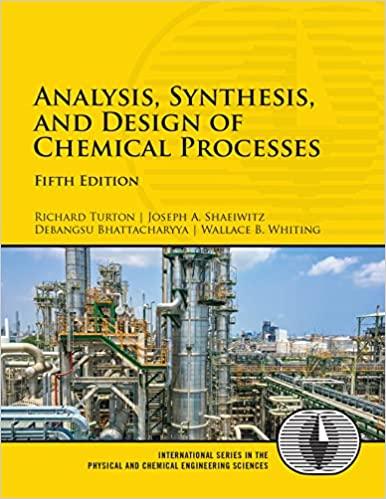In this example, consider the effect of inflation on the purchasing power of the money set aside
Question:
In this example, consider the effect of inflation on the purchasing power of the money set aside for retirement in Example 9.17. Previously, the amount of cash available at the time of retirement in 40 years was calculated to be $1,227,000. This provided an income of $106,667 for 20 years.
1. Assuming an annual inflation rate of 2%, what is the purchasing power of the cash available at retirement?
2. What is the purchasing power of the retirement income in the first and twentieth years of retirement?
3. How does Part (a) compare with the total annuity payments of $8000/y for 40 years?
Example 9.17
In Example 9.1, an investment plan for retirement was introduced. It involved investing $8000/year for 40 years leading to retirement. The plan then provided $106,667/year for 20 years of retirement income.
What yearly interest rate was used in this evaluation?
How much money was invested in the retirement plan before withdrawals began?
Example 9.1
Upon graduation, you start your first job at $80,000/y. You decide to set aside 10%, or $8000/y, for retirement in 40 years’ time, and you assume that you will live 20 years after retiring. You have been offered an investment that will pay you $106,667/y during your retirement years for the money you invest.
How much money would you have per year in retirement if you had saved the money, but not invested it, until retirement?
How does this compare with the investment plan offered?
How much money was produced from the investment?
Step by Step Answer:

Analysis Synthesis And Design Of Chemical Processes
ISBN: 9780134177403
5th Edition
Authors: Richard Turton, Joseph Shaeiwitz, Debangsu Bhattacharyya, Wallace Whiting





